https://www.youtube.com/watch?v=evLG71SJ6rM
Old Tires Are Retreaded To Be Good As New
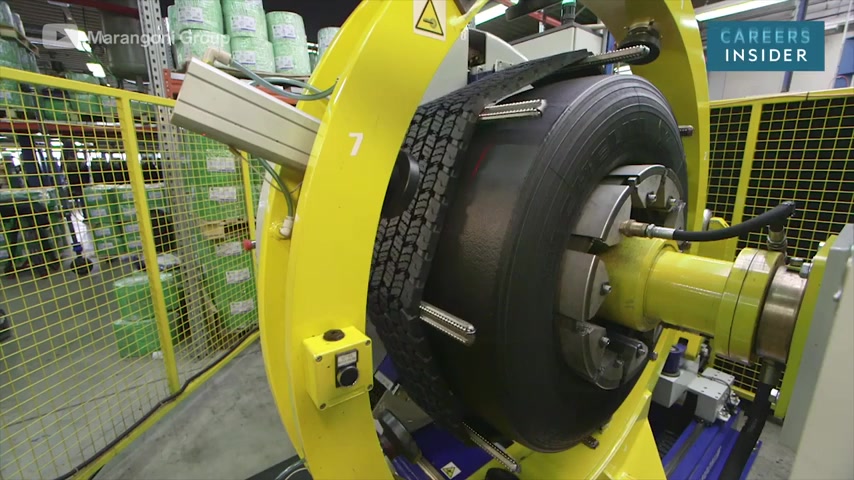
When your tire wears out , you take it to a shop where it's tossed out for a new one .
The discarded tire is typically recycled ground up and chemically broken down to use as a building material in streets or parks .
Some companies hope to recycle differently for years .
Companies like Maroni have been saving tire casings , replacing the old tread , the rubber that touches the ground with new tread in a process called retreading .
These tires are not only easier to make , they typically take 20% of the energy of creating a new tire .
They perform well too standing up to the same tests that one used tires are subjected to .
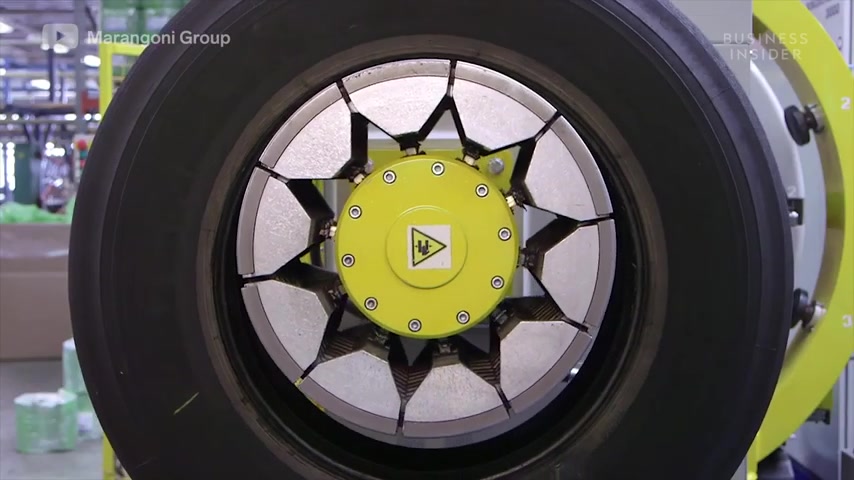
The main advantage of the tire retreading process comes from reusing the casings , which accounts for about two thirds of the value of a new tire reusing tires also cuts down on the amount of raw material used and co two emitted during the industrial production process .
Let's take a look at the retreading process .
Step by step .
A worn tire that is to be retreated comes into the factory and undergoes visual and instrumental checks .
These checks ensure the tire casing is suitable for a second or even third life integral to this step is a laser geography device , a tool that scans the tire in a vacuum to detect damage or defects not visible from the outside as well as separation of the plies .
The group of cords and metal wires within the tire tires unsuitable for retreading are not discarded .
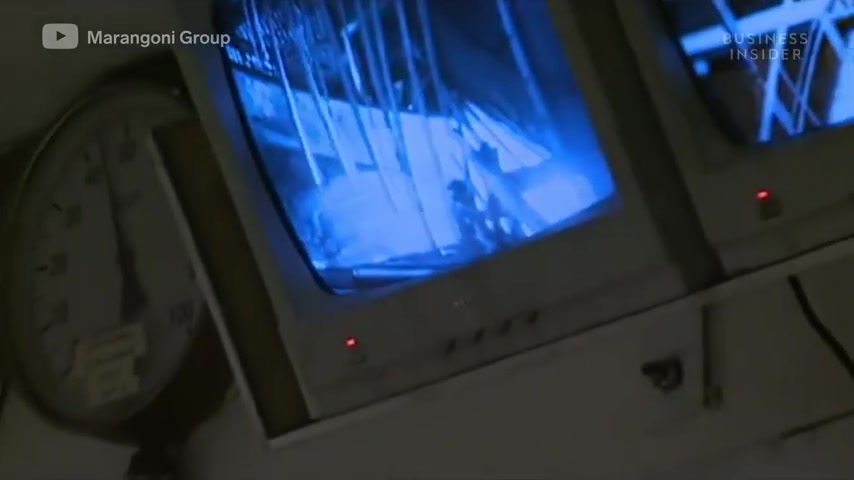
They are destroyed in a thermal processing plant that burns the tires in an enclosed furnace , converting the tires into usable energy without emitting harmful gasses .
The unburned materials were covered .
Casings deemed suitable for retreading are tagged with the bar code and are ready to be buffed casings enter a machine that busts off the remaining tread .
The amount of tread that's removed varies according to the type and size of the casing .
The surface is now ready for the application of the new tread .
The buffed casing moves to the crater processing stage .
Here it is inspected and any surface imperfections are repaired .
The buff tire is coated with a sticky layer of non vulcanized rubber or gum .
A pre vulcanized ring tread liner is stretched and fitted around the tire .
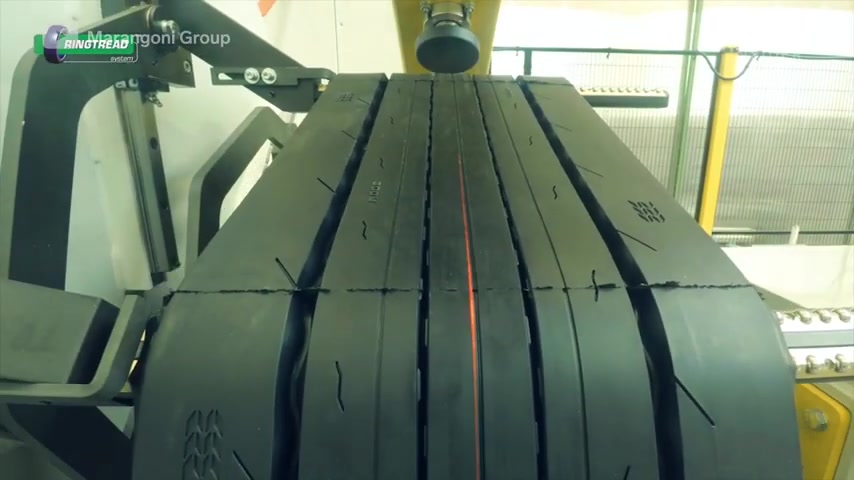
A laser ensures the machine is centered on the tire while clamps emerge and press the tread liner down the machine holding the tread , withdraws , rollers emerge and smooth the tread liner to the casing .
Each tire is fitted with a rubber envelope and vacuum sealed .
They are brought to an autoclave or pressure chamber where each tire will be cured the tires are simultaneously subjected to immense heat and pressure .
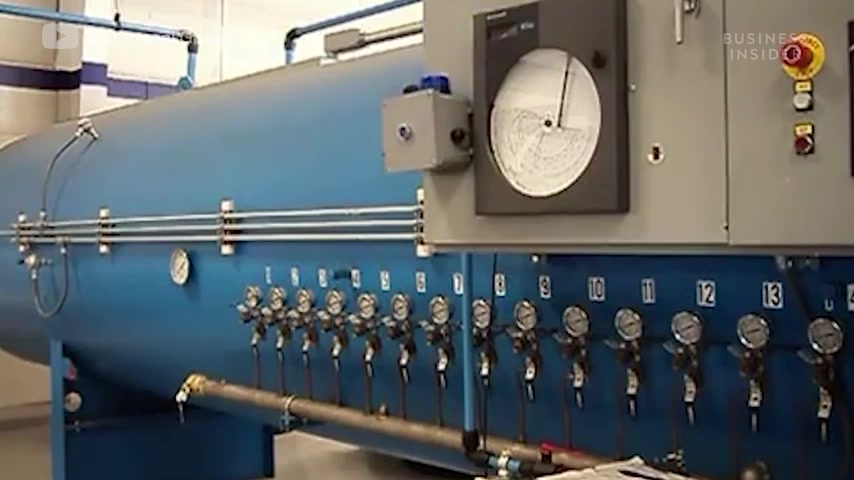
The chamber heats up to 250 degrees Fahrenheit and imposes around £88 of force per square inch or 2.5 to 3 hours .
Finally , a technician applies the finishing touches the streets but she .
Are you looking for a way to reach a wider audience and get more views on your videos?
Our innovative video to text transcribing service can help you do just that.
We provide accurate transcriptions of your videos along with visual content that will help you attract new viewers and keep them engaged. Plus, our data analytics and ad campaign tools can help you monetize your content and maximize your revenue.
Let's partner up and take your video content to the next level!
Contact us today to learn more.